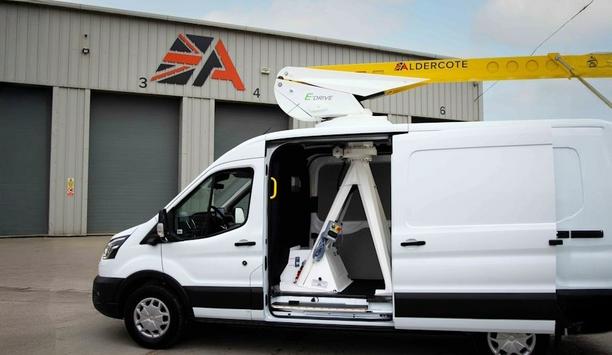A Police and Crime Commissioner, Chris Nelson of Gloucestershire Constabulary came out to the world as an EV sceptic this week. This article will take his comments made to the Local Democracy Service and show how wrong he is.
PCC Chris Nelson’s Comments
The BBC reported Nelson’s EV skeptical views that can be summed up in one comment by him: "I wouldn't want them to run out of power, simply because he or she is in an electric car”.
In a little more detail, Nelson added, "The design options available for electric vehicles for operational uses are not perhaps as advanced as I would like them to be.”
Tesla on Patrol
In late 2021, MaxToozs-Hobson, Account Manager & Emergency Services Lead at Tesla wrote about his observations of the UK police using Tesla Model 3son LinkedIn.
The first thing he said was that a Model 3 is capable of 200 miles of ‘Blue Light advanced driving’ on one charge. With the exception of the Met Police (and a 100 mile circuit of the M25) it is very rare that a police car would even have to do 200 miles of full-blast driving as they would run out of road!
Given the advanced tactics of motorway police, one would never see a chase going twice around the M25 these days. Toozs-Hobson pointed out indeed, that the average Blue Light drive is between 7-15 minutes.
Minimal charge
Auxiliary systems like ANPR take a minimal amount of charge from the car
Auxiliary systems like ANPR take a minimal amount of charge from the car. The Tesla account manager suggested that these take ‘just a few miles’ from the range of the car per shift.
The big weakness is the blue light assembly itself however, which he said ‘acts as a parachute’ and can reduce range significantly. This is why Tesla police cars have their lights in the cabin and these do not impact range. Where it comes to charging, Toozs-Hobson went out on patrol with a response team who connected up to a 150kW Supercharger and got 70% of charge in just 20 minutes. This freed up the car for six more hours of patrol.
Other important factors
There are other important factors too. Maintenance costs were minimal on the response car. For example, they changed the brake pads after 10,000 miles just to see how much wear they had, and found just 20% of the pads had gone. The 10,000-mile service required a new set of tyres other than that.
A final point, not mentioned in the LinkedIn post, is that police love these cars to drive due to their performance. Their lumpy old BMWs haven’t a chance against them where it comes to acceleration, and acceleration can be key in doing things like overtaking a bad guy’s car to attempt a stop.
ZAP ME to the Rescue?
For those who do have reservations as to needing enough range - perhaps needing a team to have full batteries ahead of an ambush on the motorway - ZPN Energy have a product that could help.
The ZAPME mobile charging unit can be carried by a Transit van and provide a stop team with a full charge in just a few minutes before the operation. Offering up to 150kW of power, the unit can add plenty of juice to the team’s batteries even if the bad guy spots them and hares it up the motorway to escape. While these moments are rare, the old saying ‘Proper preparation prevents piss-ups’ goes in all operational planning. Wouldn’t it make sense to have a ZAP ME unit back at the station, ready for those eventualities?



